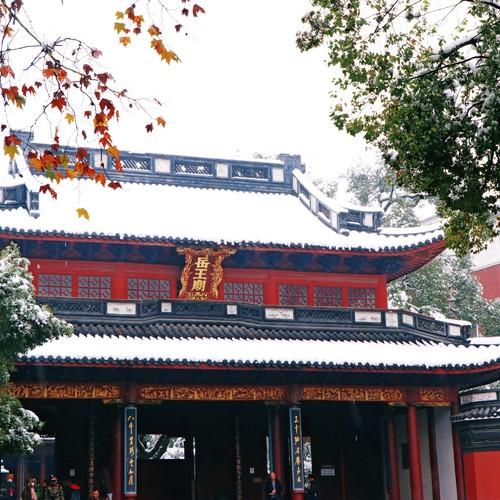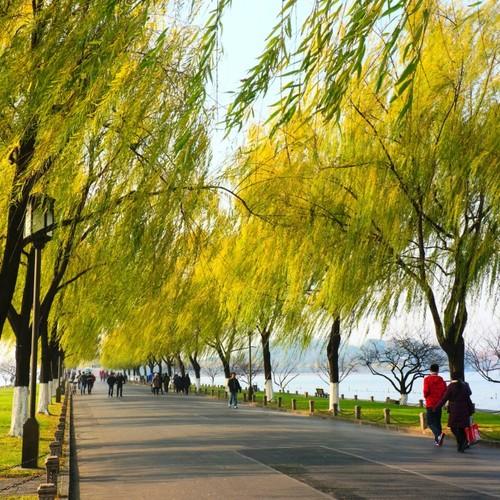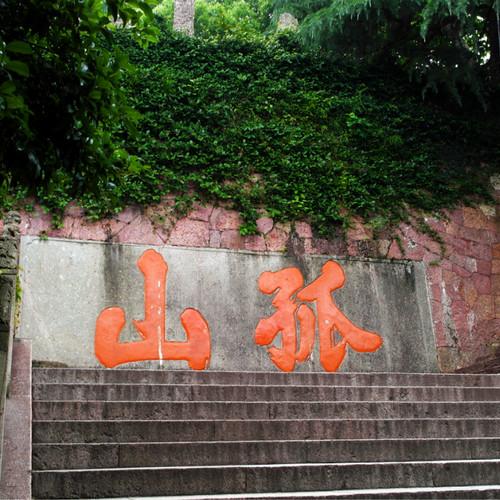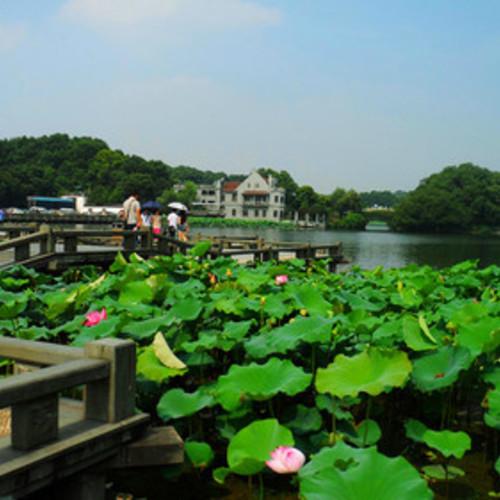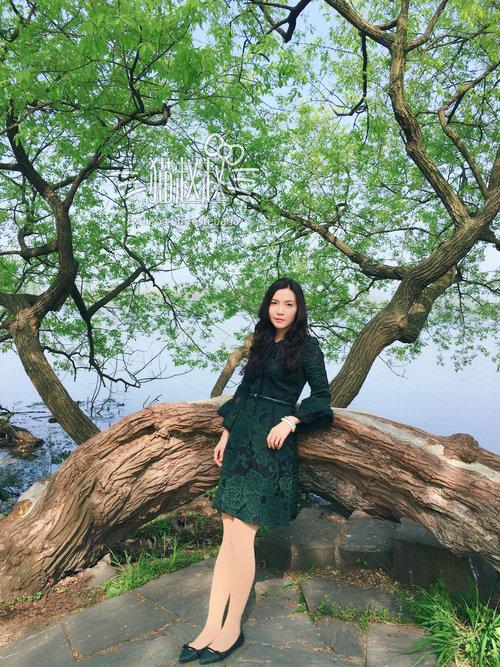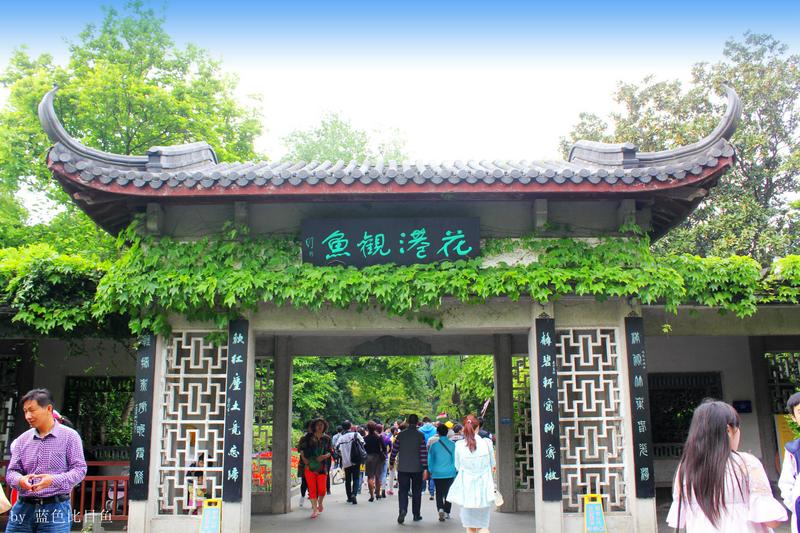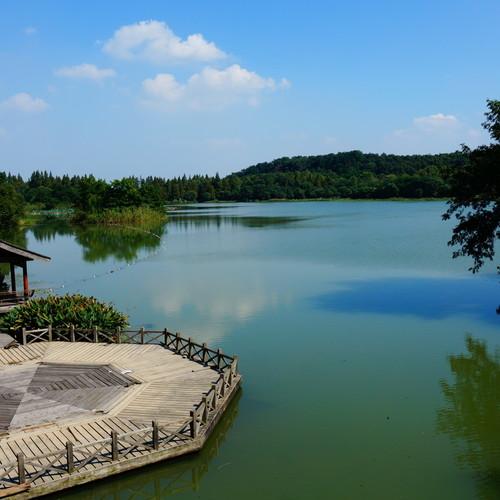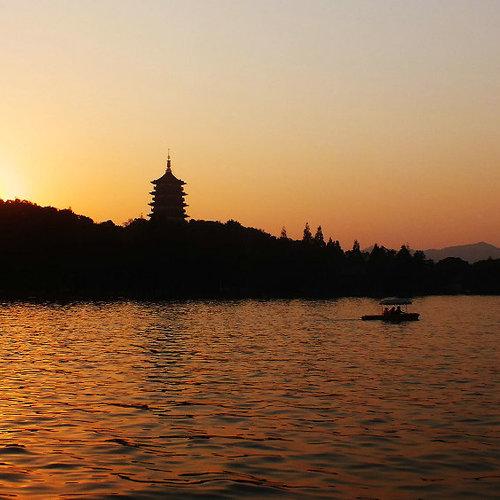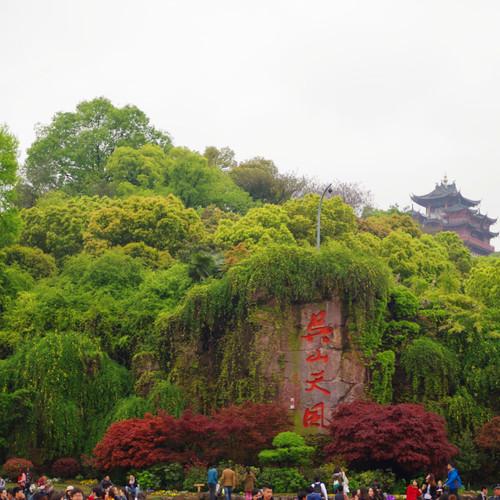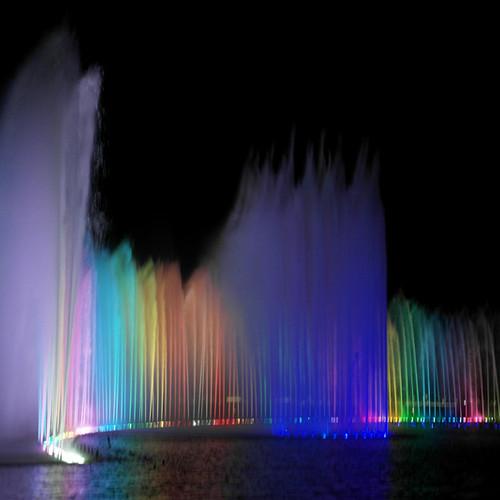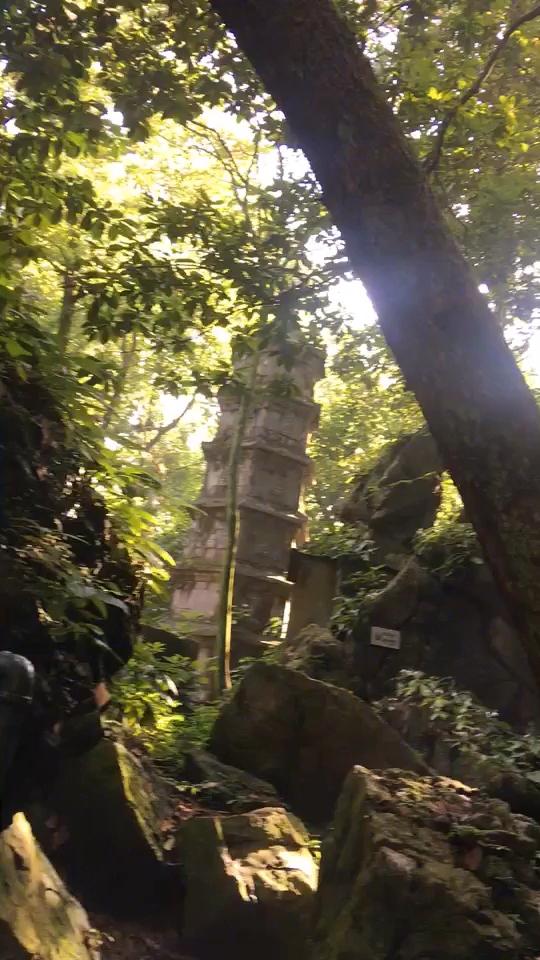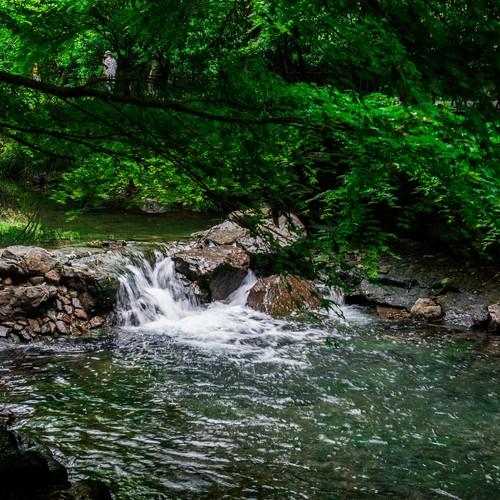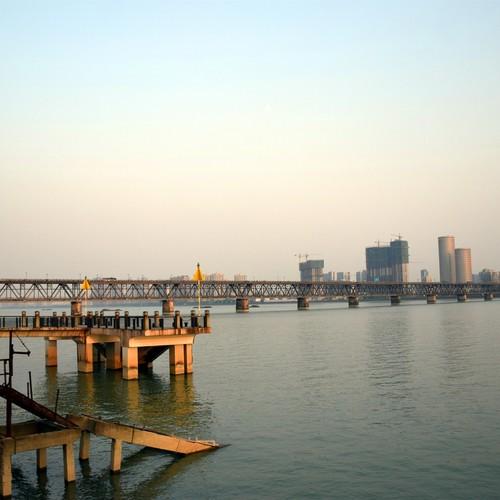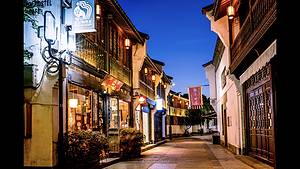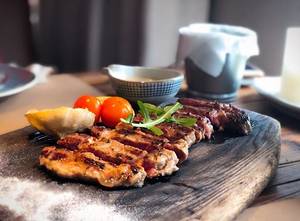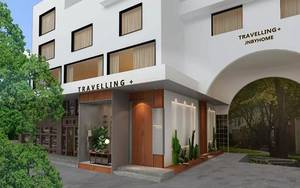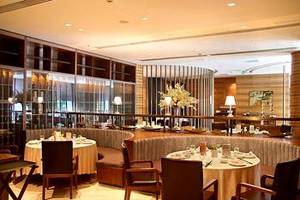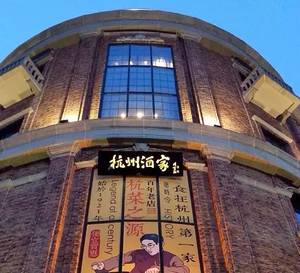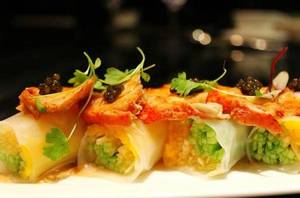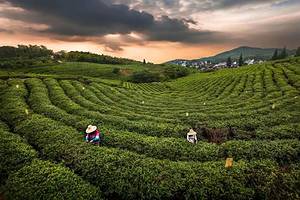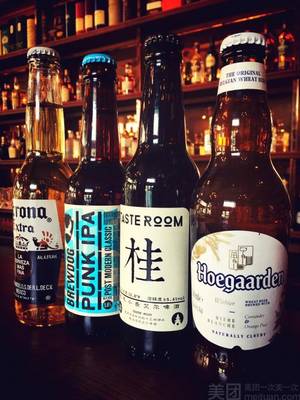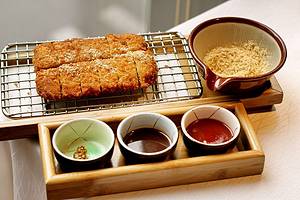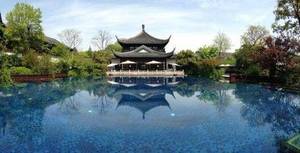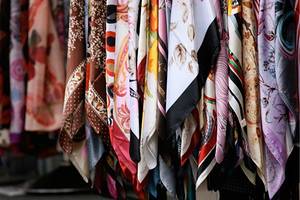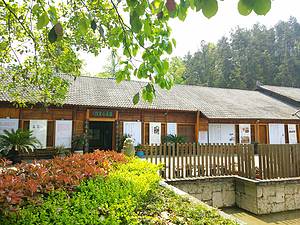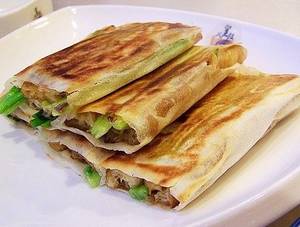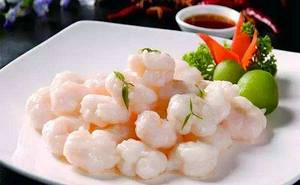Hangzhou Classic Three-Day Tour
1 cities |
18 attraction(s) |
total distance 37
km
 TIPS
TIPS
Day1
Day2
Day3
Day1: HANGZHOU
7 attraction(s) ·
8 km
1
It is the place where Xuxian and Bai Niangzi meet in "The Legend of the White Snake", adding a lot of romance to this long bridge.
1
km
2
The original name is Baishati, a hub connecting the city and the scenic area. It is what Bai Juyi's famous line "My favorite place in the east of the lake is the Baishati with white sandy dike shaded by green willows" refers to.
1
km
4
One of the Ten Scenes of West Lake, the Fenghe Park where it is located cultivates hundreds of varieties of lotus flowers, which exhibit exceptional charm in summer.
1
km
5
Su Causeway runs north-south through West Lake and was built by Su Dongpo when he was an official in Hangzhou. It is also known as "Su Gongdi".
2
km
7
Located near the Yanggongdi, there are not many tourists here usually. It is a must-visit route for Hangzhou pilgrims to go from the city to Tianzhu to worship.
Day2: HANGZHOU
6 attraction(s) ·
12 km
1
Liu Lang Wen Ying is one of the ten scenic spots of West Lake, located on the southeast bank of West Lake, near the Qīng Bō Gate. It is a large park divided into four areas: Friendship, Wen Ying, Ju Jing, and Nan Yuan. The willow bushes are accompanied by exotic flowers such as Zi Nan, Xue Song, Guang Yu Lan, and Mei Hua. During the Southern Song Dynasty, it was an imperial garden called Ju Jing Yuan. In the Qing Dynasty, the old scenery of Liu Lang Wen Ying was restored. Now it is known as Liu Lang Wen Ying Park, located in the southeast corner of West Lake's shores, with an open, fresh, elegant, and simple garden layout. The willow bushes are accompanied by exotic flowers such as Zi Nan, Xue Song, Guang Yu Lan, Bi Tao, Hai Tang, and Yue Ji. It is a great place to enjoy the beautiful scenery of the West Lake, with a wide view, fresh air, and a refreshing atmosphere.
3
km
2
It is a landmark of West Lake, built by King Qian Hongchu of Wuyue Kingdom to celebrate the birth of his son, but now it is more famous because of the legend of "The Legend of the White Snake".
2
km
4
Wushan Square covers an area of 80,000 square meters and is located in front of Wushan Tianfeng. It is surrounded by He Fang Street and is a leisure square that integrates dining, entertainment, and leisure.
1
km
5
Hefang Street is located at the foot of Wushan Mountain and is part of Qinghefang. It is an ancient street with a long history and profound cultural heritage.
3
km
6
Located on the lake near Hubei San Gongyuan, the 126-meter-long "musical fountain" showcases its charming style to people.
Day3: HANGZHOU
5 attraction(s) ·
19 km
2
Adjacent to West Lake, it is one of the earliest Buddhist temples in China and one of the top ten ancient temples in China, preserving numerous exquisite cultural relics from various dynasties.
7
km
3
Longjing Village is located in the southwest of the West Lake Scenic Area, surrounded by mountains on all sides. It has a population of about 800 residents and nearly 800 acres of high mountain tea gardens. The natural barrier formed by the Beigao Peak, Shizifeng Peak, and Tianzhu Peak in the northwest of the village blocks the invasion of northwest cold wind. To the south is Jiuxi, a deep and wide valley that leads directly to the Qiantang River. The favorable geographic conditions with southeast winds in spring and summer provide unique advantages for the growth of Longjing tea. The Longjing tea produced here ranks first among "the lion, dragon, cloud, and tiger". According to legend, Emperor Qianlong tasted West Lake Longjing tea at Hugong Temple at the foot of Shifeng Mountain in Longjing Village during his visit to the southern region. He praised it highly and designated the eighteen tea trees in front of the temple as "Imperial Tea". Longjing Village, known for its production of top-quality West Lake Longjing tea, is hailed as the "number one tea village". It is surrounded by the West Lake on the east, Wuyun Mountain on the west, the flowing Qiantang River on the south, and the towering peaks on the north as if it were a jade gem embedded on the bank of the West Lake, surrounded by lush mountains and enveloped in mist and clouds.
5
km
4
Commonly known as "Nine Creeks and Eighteen Ravines," it is a "Y"-shaped ravine formed by the convergence of many small streams. After rain, the smoke rises from the forests on the nearby Baoshan Mountain, creating a beautiful "smoky tree" landscape in the valley.
7
km
5
The Qiantang River Bridge was designed by renowned bridge expert Mao Yisheng and is also the first railway and highway dual-use bridge designed and built in China; a statue of Mr. Mao Yisheng can also be seen at the bridgehead.
